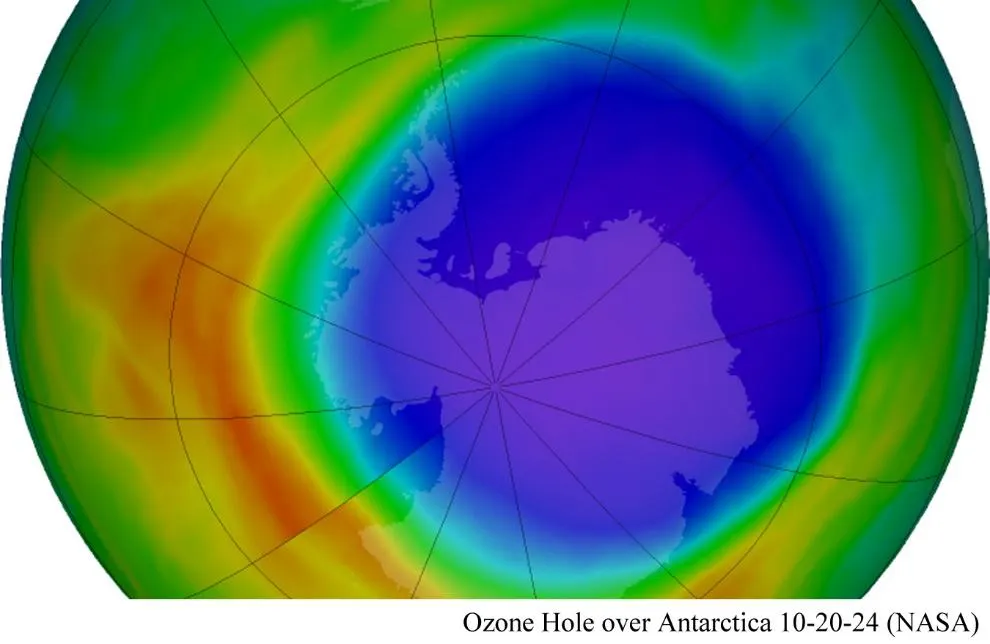Table of Contents
Ronald Stein
cfact.org
Ron Stein is an engineer who, drawing upon 25 years of project management and business development experience, launched PTS Advance in 1995. He is an author, engineer and energy expert who writes frequently on issues of energy and economics.
In 1904 Christian Bohr, a Danish biochemist, discovered that carbon dioxide (CO2) facilitates the release of oxygen (O2) to our cells. Oxygen is carried through our body by the hemoglobin in our red blood cells. Bohr discovered carbon dioxide acts as a catalyst for hemoglobin to release its oxygen for use by our bodies. When levels of carbon dioxide in our bodies becomes too low, the bond between the oxygen and hemoglobin increases making it more difficult for the oxygen to be released to our cells. Poor physical oxygenation leads to many unhealthy problems within our bodies. Conversely it is actually difficult to have too little oxygen in our bodies. For a healthy body, over breathing or inhaling pure oxygen has little benefit delivering to our tissues and organs
In other words the pure oxygen your favorite quarterback is inhaling on the sidelines between offensive drives does him little good. The money a jet-lagged traveler might spend at an airport oxygen bar is also wasted.
Additional understanding of this new knowledge was increased only recently in 2017, when Dr U P Singh at the Suharto Medical College in India discovered that there were many relationships between yoga breathing and CO2. He wrote in his paper referenced below that CO2 stimulated the vagus nerve. He discovered that increased levels of CO2 in the blood could activate the vagus nerve and slow the heart rate. He describes carbon dioxide as a “natural sedative”. It soothes the irritability of the brains conscious centers, promoting our ability to use logic, reason and common sense. Without CO2 we become anxious, depressed, and angry.
(1)By the 1930s physicians were administering CO2 directly to the lungs at the Harvard Medical School and Boston City Hospital. They ran several innovative studies with CO2 exploring its clinical applications for physical and mental conditions.
Trials of CO2 therapy in epilepsy patients found that after only a few treatments, onset of seizures was reduced. Yandle Henderson, a Yale physiologist, found a mixture of oxygen and five per cent CO2 could generate excellent results in patients with asthma, stroke, pneumonia, heart attack and asphyxia in newborn babies.
Patrick McKeown in his 2021 book The Breathing Cure says the therapy increased in pace during the 1940s and ’50s bringing forth more research into its benefits. It was actually cheap and easy to administer, a fact he says which may have led to its demise. When a single doctor in Ohio, Ralph M Waters who specialized in anesthesia, claimed CO2 was a bad idea its use declined. It is believed he used a 30 per cent solution of CO2 gas rather than the proven five per cent. It was known that 30 per cent CO2 was potentially dangerous.
Whatever Waters intention, he succeeded in damming the medical use of carbon dioxide. The therapy was forced underground and its purpose distorted by false claims, lawsuits and selective scientific studies. A century’s worth of medical research showing carbon dioxide’s clinical applications for many conditions was almost entirely forgotten.
I believe that it is a safe guess that less than 10 per cent of our readers are familiar with these positive aspects of carbon dioxide in our bodies. However I embarrassed myself on our radio show The Other Side of the Story at AmericaOutLoud.com on April 30, 2022, when my guest was Dr Will Happer. I consider him to be the leading climate physicist in the US but told him I thought he would be unfamiliar with this health information regarding CO2. He went on to describe it all, chapter and verse, as I cowered in embarrassment.
Let me summarize what are now the unquestioned benefits of adequate carbon dioxide gas in the human body. First, contrary to what might be expected from fraudulent environmental concerns relating to global warming, carbon dioxide health effects for the human body are innumerable.
Life originated and had existed on Earth for millennia under conditions of very high CO2 content in surrounding air. According to published studies CO2 content was between seven and 12 per cent of the air when the first creatures with lungs were evolving.
CO2 helps dilate the smooth muscle tissues and helps regulate the cardiovascular system. CO2 gets converted to carbonic acid thereby becoming a primary regulator of the alkaline/acid balance of the body. It also plays an important role in the proper functioning of the digestive system.
Unfortunately excessive breathing always reduces the amount of carbon dioxide without improving the oxygen content. Significant research has now linked insufficient carbon dioxide in the body to the following medical problems: heart disease, diabetes, asthma, COPD, cancer, sleep apnea, liver cirrhosis, hyperthyroidism, epilepsy and panic disorder.
Now you all know the other side of the story. I will build on it next week when I explain the many benefits of breathing through one’s nose and taking less breaths per minute. Both of which relate to the importance of CO2 in our bodies which I have referred to in this article.
(1) Songhai, U.P., “Evidence-Based of Hypercapnia and Exhaustion Phase in Vegas Nerve Stimulation: Insights into Hypercapnia Yoga Breathing Exercises,” J. Yoga Physics Ther 7, no 276 (2017):2









